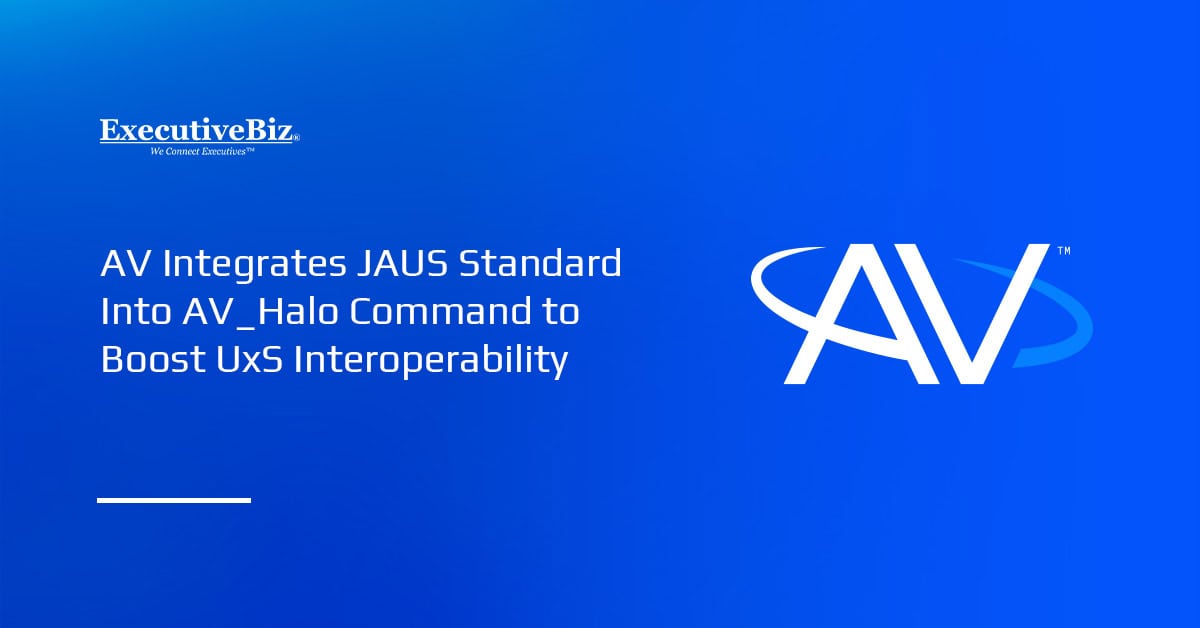Physical artificial intelligence can help ensure the reliability of AI-enabled systems meant to operate in the physical world via a feedback loop that enables their continuous improvement and optimization, according to Randy Yamada, a vice president at Booz Allen Hamilton.
Yamada said in an article he co-authored for Booz Allen’s Velocity magazine that “[reality] is full of edge cases” which can discombobulate AI-enabled systems resulting in harm to infrastructure and risk to lives, outcomes that are unacceptable in federal applications that demand not only high levels of reliability, performance and safety but also compliance with laws and regulations.
How Can Physical AI Help Test and Validate AI Systems for Real World Applications?
To help validate and verify AI before it is deployed, Yamada endorsed Booz Allen CTO Bill Vass’ concept of the modern technology flywheel, in which physical AI is central. Under that model, “[a] physical AI stack takes existing simulation and digital twins to the next level,” bringing together synthetic data and real world data — which, for Yamada, “reflects the unscripted reality of the operating environment” — to inform high fidelity simulations that subject AI models to various application-relevant scenarios, including edge cases.
Beyond training AI systems on how to handle edge cases, physical AI under Vass’ model can offer a digital proving ground where test and evaluation generate an auditable package of telemetry that not only serve to validate an AI system but also enable testing replication.
And when AI systems are finally deployed to the real world, they collect data that is then fed back into the loop to launch the next round of training, testing and validation.
“Physical AI is not just a tool. It is an operating model that teaches, tests, and proves behaviors before fielding, then keeps improving them after. The payoff is a repeatable, validated process cycle that automates both improvements and safety testing,” Yamada said.





